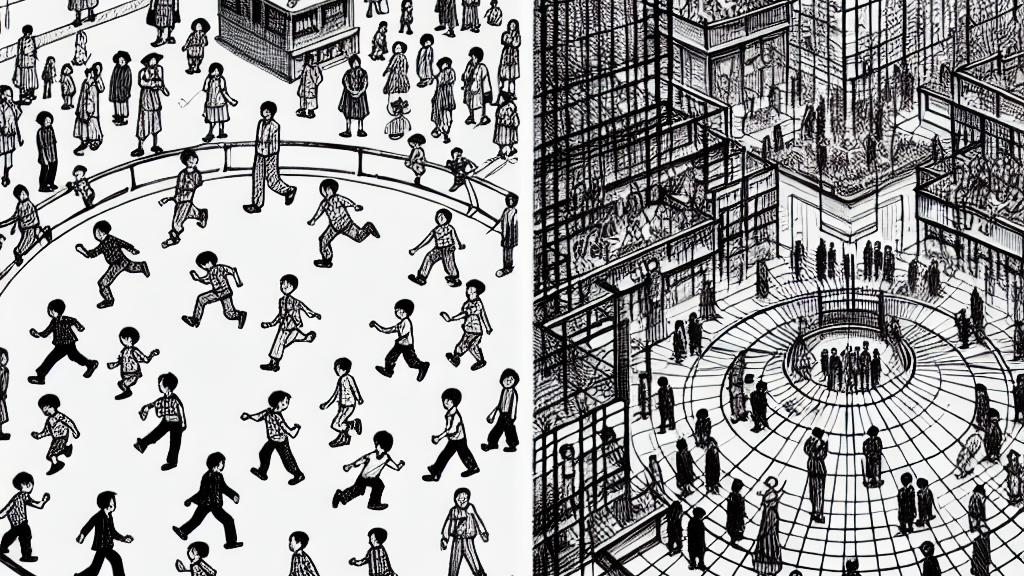Children's Movement Patterns in Structured Settings
Overview
- Children exhibit dramatic shifts in movement patterns as they transition from playful settings to structured classroom environments.
- Interestingly, their behaviors can resemble the organized flow of gas molecules, emphasizing the powerful influence of setting.
- An understanding of these dynamics can greatly enhance classroom management and foster a positive learning culture.

Classroom Dynamics
A fascinating study from Japan has uncovered an extraordinary insight: young children move in remarkably structured ways when in preschool classrooms. Picture this: on the playground, kids run and tumble with exuberance, showcasing free-spirited movements filled with laughter. However, the moment they step into a classroom, their movements change significantly, becoming more organized and almost methodical—much like the way water vapor molecules operate. This transformation illustrates a profound truth: just as gas particles respond to temperature and pressure, children adapt their behaviors to fit their surroundings. This interaction highlights the importance of creating supportive environments that nurture children's natural tendencies while guiding them toward more structured behaviors.
Disruptive Behaviors and Their Roots
Disruptive behaviors in the classroom can often signal underlying issues rather than mere mischief. For instance, consider a child who frequently shouts out answers without raising their hand. At first glance, this might seem disruptive, but what if it’s a plea for attention or an indication of confusion about the lesson? Educators can apply techniques like Applied Behavioral Analysis (ABA) to unravel such complexities. By understanding the triggers behind these behaviors—be it a need for engagement or difficulty with the material—teachers can offer tailored solutions. For example, when a student avoids reading specific texts due to a personal experience, providing alternative material can transform their learning experience. Recognizing that these behaviors serve a purpose allows educators to redirect them effectively, turning potential chaos into constructive classroom dynamics.
Applying Thermodynamic Principles
The parallels between thermodynamic principles and children’s movement patterns are not just fascinating; they are crucial for understanding behavior in educational settings. Think of it this way: when children enter a well-structured and inviting classroom, their energy flows positively—akin to gas molecules expanding in a comfortable environment. They interact enthusiastically with peers, resembling how particles in a gas find balance and freedom in motion. However, when faced with a chaotic or unfriendly setting, students may exhibit disruptive behaviors, similar to gas molecules that feel confined and pressured. Educators have the opportunity to create a nurturing atmosphere that promotes emotional and intellectual growth, just as temperatures must be carefully regulated to keep gases in their ideal states. By recognizing these dynamics, teachers can cultivate environments that not only enhance learning but also celebrate the energetic flow of young minds.

Loading...